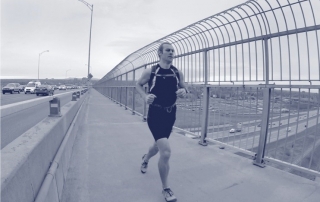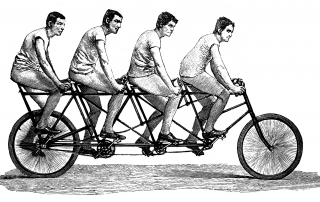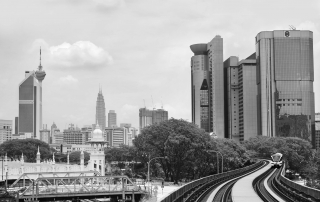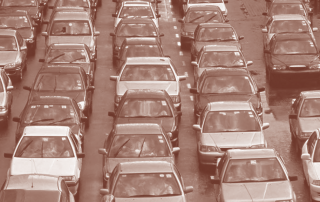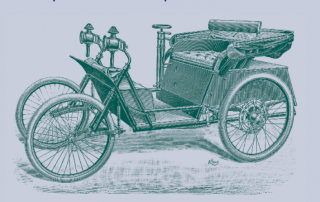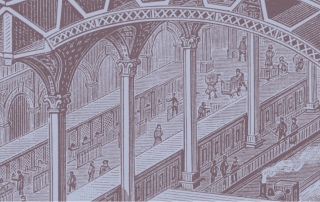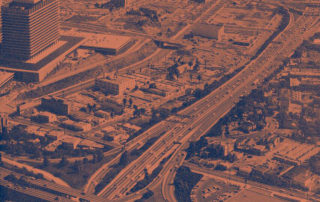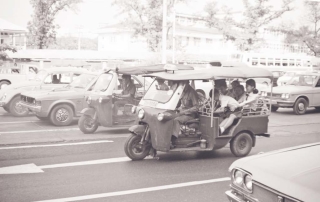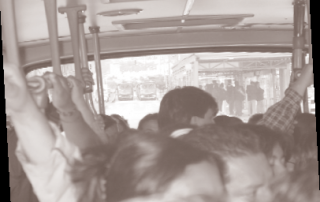THE ACCESS ALMANAC: Running to Work
Robert Cervero
As a transportation researcher, I sometimes get asked what falls into the Census’s “other” category of how people get to work—hoverboarding, rollerblading, kayaking? In Ottawa, three percent of commuters ice-skate to work in winter months. In other cities, notably big, dense ones with awful traffic and jam-packed subways, an increasingly popular way to commute is running. Lacing up running shoes and hoofing it to work is arguably the most active form of active transport and helps meet the Surgeon General’s recommended 30 or more minutes of physical activity per day. Combining two things we need to do—exercising and getting to work—can pay off. Research shows active commuters cut their odds of obesity by 50 percent.

